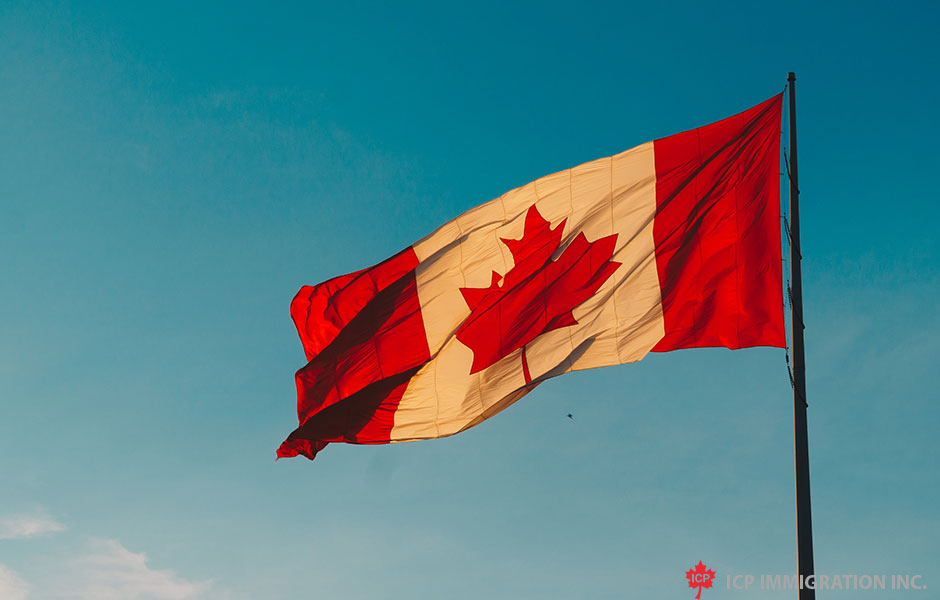Managing the arrival of more than a million new permanent residents and creating a new Municipal Nominee Program are among the tasks Canadian Prime Minister Justin Trudeau has assigned to his new Minister of Immigration, Refugees and Citizenship, Marco Mendicino.
These responsibilities and others are outlined in Mendicino’s Mandate Letter, which the federal government published Friday.
The letter does not contain any surprises and is in line with the policies enacted by the Liberal Party of Canada during its first mandate between 2015-2019. It also reflects promises outlined in the platform the Liberals campaigned on this fall in their successful bid for a second term in office.
Key aspects of the Mandate Letter call on Mendicino to:
Ensure the effective implementation of Canada’s increased annual Immigration Levels Plan for 2020-2022, attracting more than a million new permanent residents to Canada over that time.
If recent trends are an indication of what is to come, the federal government will continue to increase annual immigration levels by around 10,000 new permanent residents in 2022.
This means Canada would target 341,000 immigrants in 2020, 350,000 in 2021, and potentially around 360,000 in 2022.
Work with the provinces and territories to ensure a renewed focus on the delivery of high-quality settlement services to ensure the successful settlement and integration of new Canadians. This will require a rigorous approach to data in order to accurately measure outcomes.
Canada invests more than any other country in settlement and integration supports to help immigrants prepare for the labour market, improve their language skills, build community connections and integrate into Canadian society. This accounts for more than $1.5 billion in federal government spending each year, plus hundreds of millions of additional settlement spending by the provinces and territories.
One of the challenges Canada has had is measuring how well its various settlement programs are translating into better economic and social outcomes for immigrants. Employing a more “rigorous approach to data” to measure settlement outcomes will enable the federal government and its provincial and territorial partners to identify what settlement programs are most effective in helping immigrants thrive in Canada. Find out if you are eligible for any Canadian immigration programs
Introduce a Municipal Nominee Program that will allow local communities, chambers of commerce and local labour councils to directly sponsor permanent immigrants. At least 5,000 new spaces will be dedicated for this program.
The creation of a Municipal Nominee Program (MNP) is an election promise aimed at addressing a longstanding challenge: Encouraging immigrants to settle outside of Canada’s largest cities such as Halifax, Montreal, Ottawa, Toronto, Winnipeg, Calgary, Edmonton, and Vancouver.
The MNP could provide smaller cities with comparable selection powers to programs that have proven successful in helping less populated jurisdictions attract more immigrants, such as the Provincial Nominee Program (PNP) and Atlantic Immigration Pilot (AIP).
You will also take the steps required to make the Atlantic Immigration Pilot permanent. At least 5,000 new spaces will be dedicated for this program.
The Atlantic Immigration Pilot (AIP) has succeeded in attracting more immigrants to Canada’s Atlantic provinces of Newfoundland and Labrador, Prince Edward Island, Nova Scotia, and New Brunswick. Since launching in 2017, it has been used to bring more than 4,000 immigrants to Atlantic Canada. Making the AIP permanent will help to promote additional population and economic growth in the Atlantic region.
Bring forward a plan to eliminate fees for citizenship for those who have fulfilled the requirements needed to obtain it.
In response to feedback that Canadian citizenship application fees are too high, the federal government will look to waive the fees entirely. Based on federal government forecasts, we can expect the number of immigrants gaining citizenship to increase by 40 per cent by 2024, thanks in part to this proposed policy.
Support the Minister of Public Safety and Emergency Preparedness on irregular migration, including the new Border Enforcement Strategy and continued work with the United States to modernize the Safe Third Country Agreement.
Signed in 2002 to limit who can claim asylum at official land border crossings between Canada and the United States, the Safe Third Country Agreement (STCA) became a major headache for the Liberals during their first term in office. Since 2017, more than 50,000 people have used a loophole in the STCA to claim asylum after crossing into Canada outside the border crossings covered by the agreement. Closing this loophole would be a key goal of modernizing the STCA, but successive United States government administrations have shown little interest in engaging in this conversation with Canada.
With the support of the Minister for Women and Gender Equality and Rural Economic Development and the Minister of Diversity and Inclusion and Youth, work to implement pilot programming to encourage more newcomers to settle in rural Canada.
This paragraph indicates the federal government will explore launching even more pilot programs to encourage immigration outside Canada’s largest cities. In addition to the PNP, AIP and MNP, the federal government also has the Rural and Northern Immigration Pilot (RNIP) that it launched in 2019 to promote a broader distribution of immigrants across the country (a process known as “regionalization”).
It remains to be seen what sort of policy objective would require the launch of additional federal pilots to promote regionalization.
Notable omissions
While mandate letters are not meant to be comprehensive, Mendicino’s does contain some notable omissions.
For instance, there is no mention of the Parents and Grandparents Program that has faced challenges over the past decade and, one can assume, will be a priority for the federal government in 2020.
Also, the federal government once led Canada’s efforts to welcome entrepreneurs and investors but has taken a backseat to the provinces and territories in this regard in recent years. Launching new pilots to welcome more entrepreneurs and investors would fall in line with the federal government’s desire to promote innovation, entrepreneurship, and welcome more foreign direct investment to Canada.




